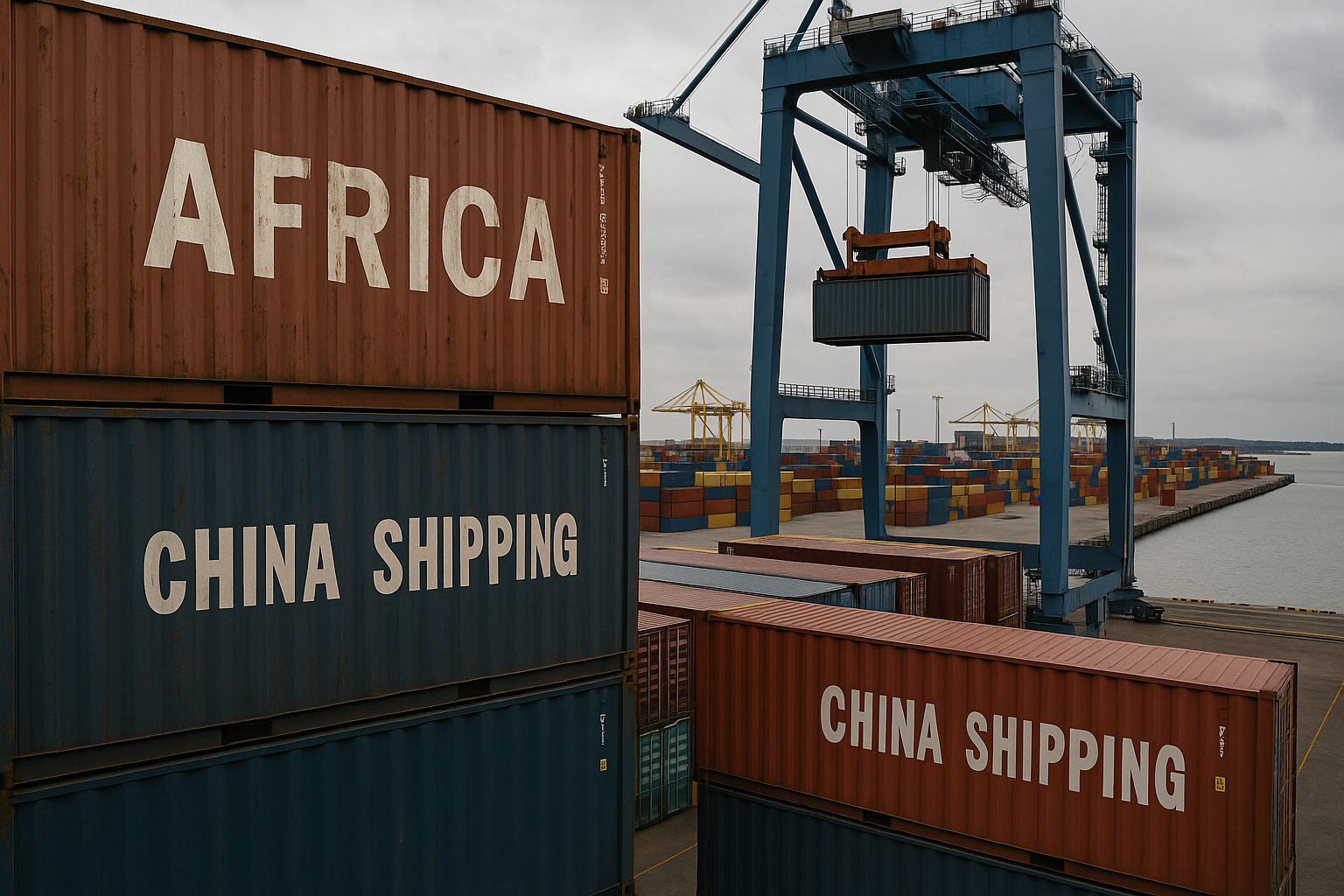Africa stands at a turning point. For too long, it has played the role of importer bringing in machinery, textiles, electronics, and even processed foods while exporting raw materials like oil, cocoa, and copper. This has created chronic trade imbalances and stunted industrial growth.
But today, a quiet revolution is underway. Across the continent, governments and entrepreneurs are laying the groundwork to shift from import dependence to export-led growth. At the center of this transformation is an evolving relationship with China—Africa’s largest trade partner.
Why the Shift Matters
In 2023, Africa’s trade with China hit a record $282 billion, but the balance was skewed: China exported $173 billion worth of goods to Africa and imported only $109 billion in return (General Administration of Customs, PRC, 2024). Most African exports were raw commodities, while Chinese exports were high-value manufactured goods (Dreher et al., 2023).
This model isn’t sustainable. Export-led economies tend to grow faster, generate more jobs, and build resilience. That’s why countries like Rwanda, Ghana, and Kenya are moving toward high-value agricultural exports, light manufacturing, and digital services.
Rwanda: A Small Giant in Trade Reform
Take Rwanda. In 2022, its exports surged by 38.5%, driven by strategic investments in agri-processing and manufacturing (National Institute of Statistics Rwanda [NISR], 2023). By 2024, China had become Rwanda’s largest investor, backing projects in textiles, food processing, and electronics (Rwanda Development Board [RDB], 2024).
Rwanda has proven that size isn’t destiny. With focused policies, regional market access, and investment in value addition, even landlocked nations can compete globally.
Agriculture and the China Opportunity
China is beginning to open its markets to African farm goods. In 2023, Beijing pledged to increase agricultural imports from Africa to $20 billion by 2030 (FOCAC, 2023). Kenya now exports avocados to China. Rwandan coffee, tea, and honey recently sold out at the China International Import Expo (RDB, 2024).
This trend shows that with the right standards and packaging, African products can compete and win in foreign markets.
Unlocking Intra-African Trade
While external markets are vital, AfCFTA (African Continental Free Trade Area) may be the game changer. Launched in 2021, it unites 54 countries into one market, potentially boosting intra-African trade by 32% by 2035 (World Bank, 2020). Reducing tariffs and improving logistics could enable African countries to export more to each other processed food, textiles, electronics keeping value within the continent.
Final Thought: A New Trade Identity
Africa is no longer just a buyer. It’s becoming a seller of value-added goods, creative ideas, and homegrown technology. Strategic reforms, diversified trade partners, and regional integration are the levers to unlock this shift.
The question isn’t whether Africa can become an export powerhouse. It’s whether we’re ready to invest in the policies, people, and partnerships to make it happen.
References
Dreher, A., Fuchs, A., Parks, B., Strange, A., & Tierney, M. (2023). China’s trade composition with Africa, 2000–2022. AidData, William & Mary.
FOCAC. (2023). China-Africa Agricultural Cooperation Forum communique. Ministry of Commerce, PRC.
General Administration of Customs, PRC. (2024). China-Africa trade statistics 2023. Beijing.
National Institute of Statistics Rwanda. (2023). Annual trade performance report. Kigali.
Rwanda Development Board. (2024). Rwanda–China investment highlights. Kigali.
World Bank. (2020). The African Continental Free Trade Area: Economic and distributional effects. Washington, DC.


